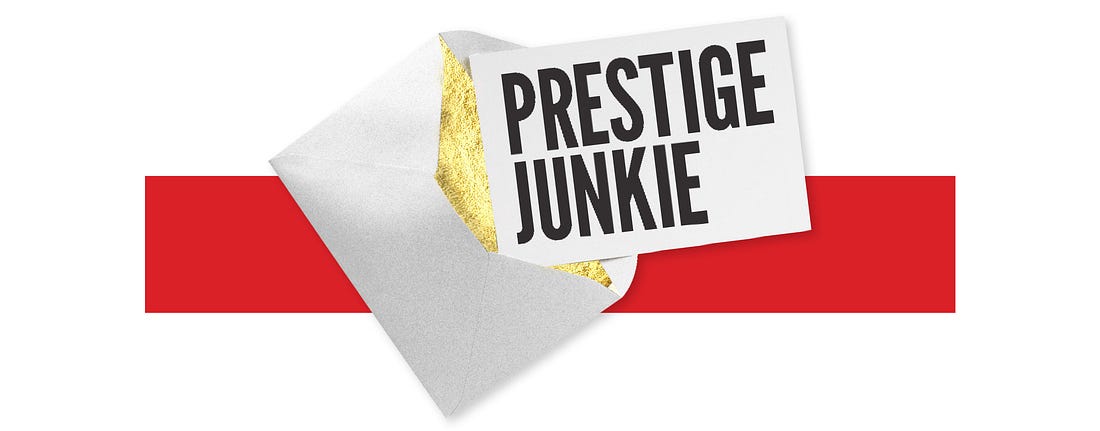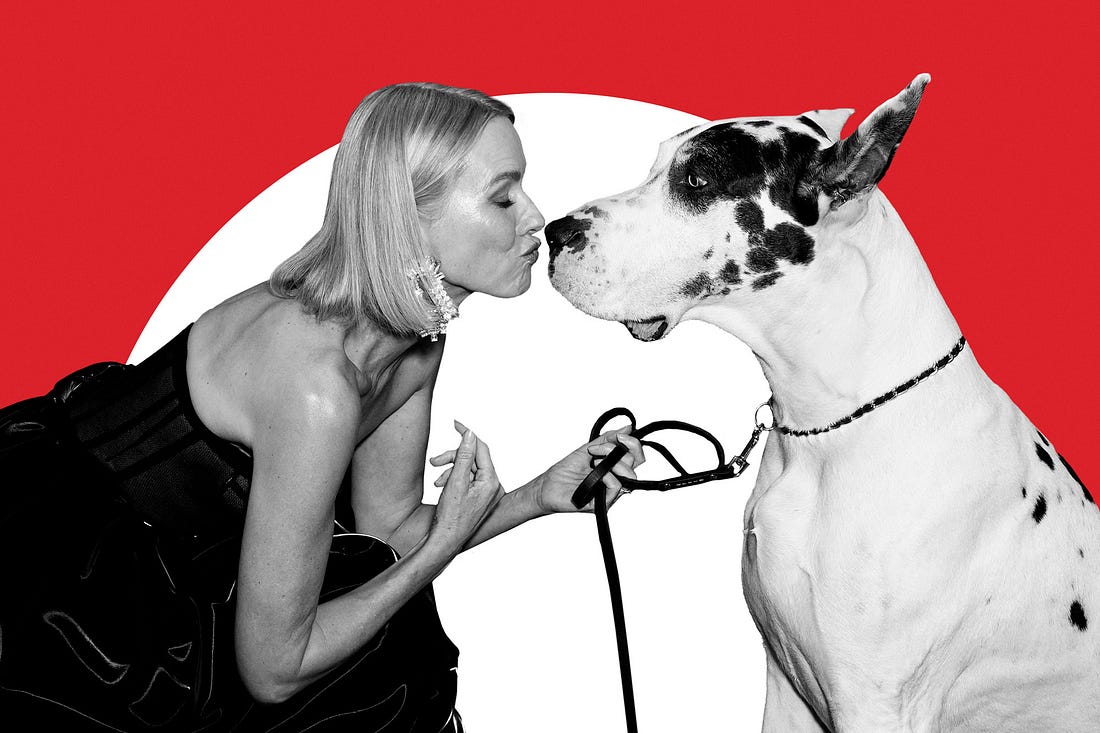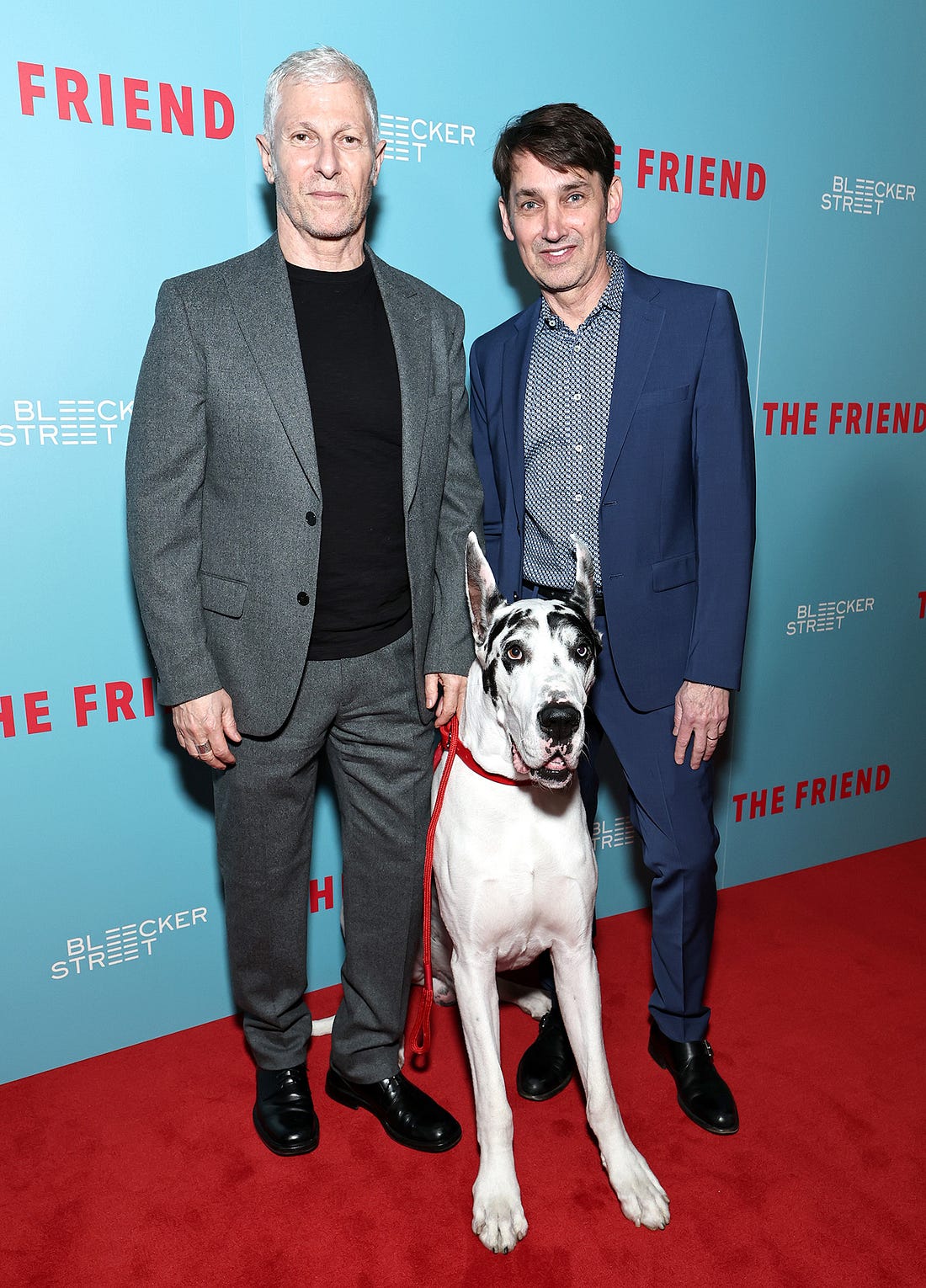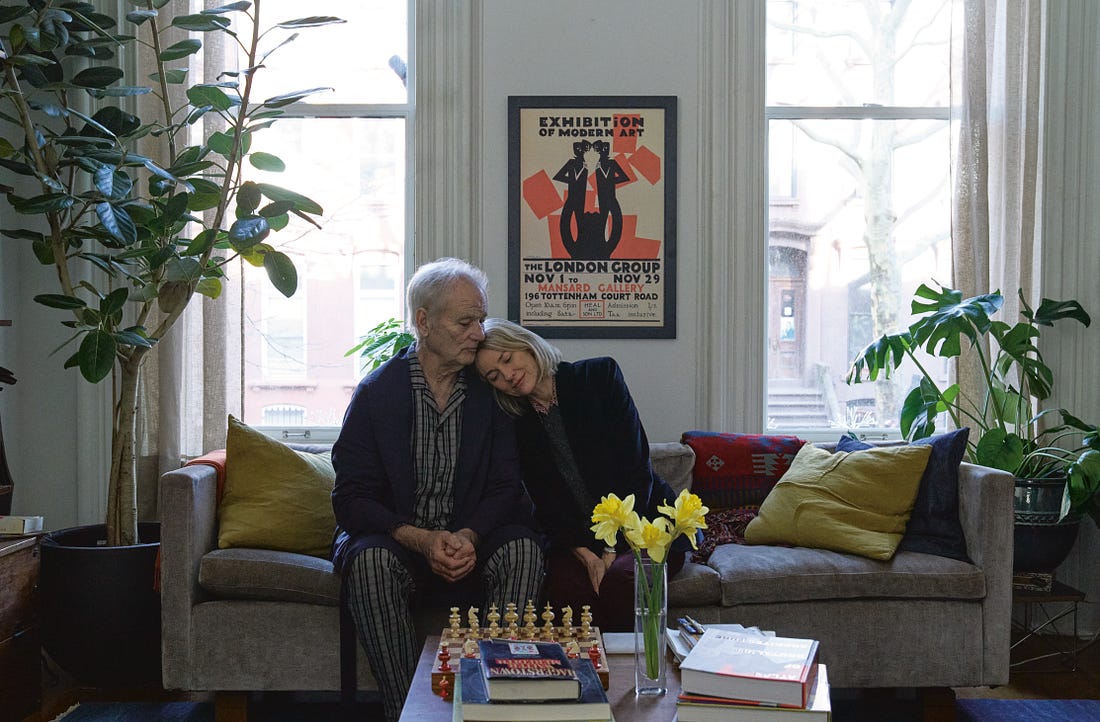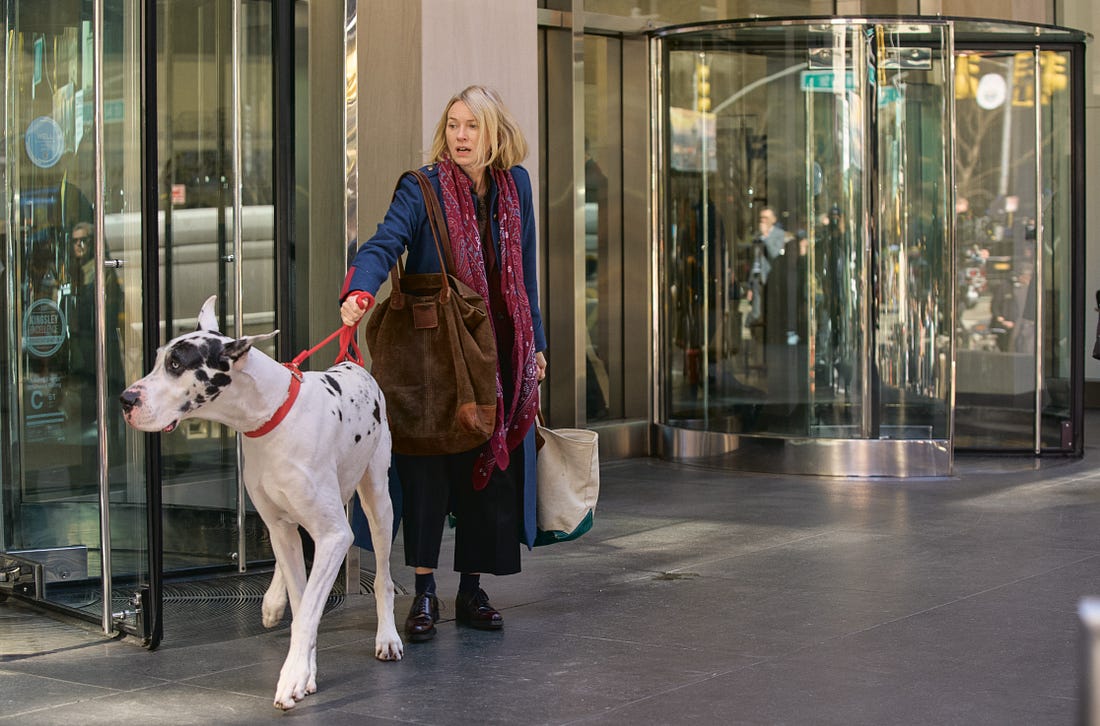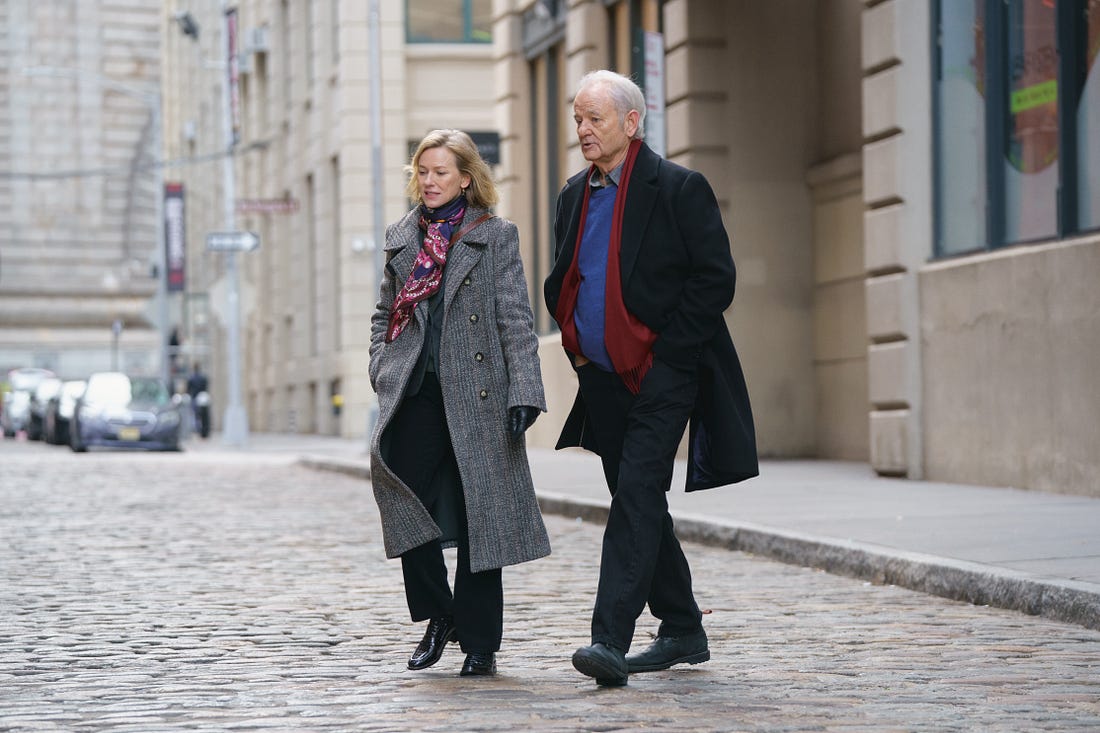'The Friend' & the Indie Diehard Friends Behind ItDirectors David Siegel and Scott McGehee tell me about their long partnership. Plus: Find me onstage in L.A. and Vegas this weekendIt’s a busy season here at Ankler HQ, with my colleagues Richard Rushfield and Sean McNulty in Las Vegas telling us about the future of the movies, and me preparing to join Elaine Low at our Series Business event tomorrow in L.A., kicking off Emmy FYC season with in-depth conversations with the big-name creators behind Dying for Sex, Interview with the Vampire, American Primeval, St. Denis Medical and Yellowjackets. If you’re reading this on Thursday, it’s not too late to request to attend! Then I’ll be heading to Vegas, where The Ankler is hosting a first-ever series of live on-stage Business of Entertainment conversations in partnership with NAB Show. I’m moderating a fireside chat with Kenya Barris and a discussion with Tribeca Enterprises CEO Jane Rosenthal and award-winning director Lesli Linka Glatter (Homeland, Zero Day). We’ll talk about how storytelling and audiences are evolving with new tech and platforms. And the rest of team is chatting it up with WWE’s Nick Khan and Paul “Triple H” Levesque, Blade and Foundation writer-producer David Goyer, Fire Country and Sheriff Country co-creators (and husband-and-wife team) Tony Phelan and Joan Rater, plus top scripted and unscripted TV execs from Boardwalk Pictures, CBS, Wheelhouse, World of Wonder and more. See the full lineup here. For now, in between the jet-setting, I’ve got a conversation with two directors who have figured out how to work together, navigate the ever-shifting independent film world — and actually still get along after a more than three-decade partnership. A Couple of Indie Guys in NYCEven with the Coen Brothers currently operating as solo acts and the Wachowskis on pause, it’s been a banner few years for directing teams, from the Daniels taking home best picture with Everything Everywhere All at Once to the prolific team of Clint Bentley and Greg Kwedar following up Oscar nominee Sing Sing with this year’s Train Dreams. But neither of those teams has the longevity and battle-tested wisdom about the world of indie film as David Siegel and Scott McGehee, whose new film, The Friend, is out in select theaters this weekend. I caught up with Siegel and McGehee via Zoom call last week. They were calling from their office in New York City and had a gloriously ’90s-patterned couch behind them, which was eventually revealed to also be hosting a small brown dog, Loulie, who was curled up into a ball and taking a very satisfying-looking nap. Loulie blended into the background just fine, which cannot be said of the central figure of The Friend — an enormous Great Dane named Apollo (played by a very good boy named Bing). Technically Naomi Watts’ Iris is the main character, grappling with the suicide of her longtime friend and mentor Walter (Bill Murray) and caring for his dog, Apollo, even though it puts her rent-controlled Manhattan apartment in jeopardy. But The Friend, adapted from Sigrid Nuñez’s National Book Award-winning novel, does a remarkable job of capturing the magnetic pull of an animal in your household and the way a pet’s silence can speak volumes. Filmed in an exceptionally beautiful New York City, The Friend is a wistful, funny and sometimes emotionally painful movie — and like so many of Siegel and McGehee’s films came very close to never existing. The duo broke out on the indie film scene in the early ’90s, with Steven Soderbergh backing their debut feature Suture. They’ve watched the indie landscape evolve many times since then, and after their What Maisie Knew was released in 2012, they watched a lot of projects evaporate, eventually leading them to form a production company and seize the reins. At the height of pandemic lockdowns in 2020, they made Montana Story through their own Big Creek Projects, which also backed The Friend. They’re optimistic that their followup to The Friend will come much sooner — and, despite the sense in many corners that the sky is falling, that indie film has a future, too. In our conversation, condensed and lightly edited here, they talked about their partnership, the assets and liabilities of shooting in New York and the “healing” of seeing a project make it to the screen. Katey Rich: You’ve talked about how you’d been interested in adapting The Friend around 2018 and then, like a lot of your other projects, it started to fall apart. So with this one specifically, what was the roadblock? David Siegel: The first thing was the pandemic. So we went and found Bing, the dog that plays Apollo — I mean, that was a five-month search. Even after the pandemic began, like so many other people, we thought, “Oh, it’s going to be two months or it’s going to be three months.” And then that didn’t happen. But we had had a big gap between What Maisie Knew and Montana Story, and it was the most frustrating gap of our career. We had a whole bunch of projects get extremely close and then not happen. The pandemic shutting down The Friend was not really the straw that broke the camel’s back, but it shifted things up. We needed to figure out a way to make things, to not wait for the permission to make things, but to make things. And that’s what led to Montana Story, which was a kind of transformational experience. And that’s what sort of led to The Friend eventually getting made. Scott McGehee: It kind of remains to be seen though, if there’s a sustainable enough ecosystem for independent films that we can continue doing what we’re trying to do. We’re full of optimism for The Friend that it can reach a bigger audience than films we’ve made in the past, as a film made for theaters in this environment. We’re kind of waiting for this weekend to see just how this rollout’s going to work. DS: It was great to hear Sean Baker say that in his Oscar acceptance speech — we’re not ready to give up on the theatrical model. We make movies to be seen in movie theaters and we want them to continue to be seen in movie theaters. And I think that’s the biggest thing that’s shifted since the pandemic, is audiences. SM: The feedback we get from audiences is it seems like people are having a strong emotional reaction to the movie and really connecting with the characters and the dog and the story. But we’re the filmmakers, so we’re the last to hear from the people who don’t like it. KR: One of the other things that Sean Baker was talking about was how hard it is to make a movie in New York. I assume with The Friend that was another hill you had to get up. DS: That was a hill. Naomi and Bill’s schedules to start with — I mean, Bing was in Iowa and ready to work whenever. But it is hard. We are believers in our unions. We are union people, but there’s an over-restriction to the way independent cinema gets made. And that’s one of the difficulties in New York, but New York also is just location. Rental fees are more expensive because so many things get shot here. But this is the third movie that we’ve shot here, and we really love making things in New York City. SM: And there are ways that New York City makes things easier. People do want to come and work here. It’s not dragging your cast to Budapest or something. A lot of people live here and there’s a great crew base and great cast of day players who are here and ready to work. DS: I mean, we’ve been proudly saying before every screening, the entire cast and crew of this movie is New York-based except the dog. KR: The independent film world has changed in so many ways, but you guys have just been remarkably consistent in working together. How much of that has been a conscious choice of sticking with what you know instead of chasing after something the industry thinks you should be doing? SM: We’ve chased a couple of times, but we do have a process that works really well, and we do know how to make a certain scale of movie kind of very comfortably. It’s something we feel like it’s our wheelhouse at this point. DS: And in our career at this stage, we’re not super interested in taking on tons of resources that are going to then come with tons of involvement and nosiness. We pride ourselves on being super responsible with money, and we always think that movies should be made for the smallest amount of money that they can be made for. KR: Do you feel like you’ve figured out the secret over the years, to not be frustrated by these stops and starts? DS: Speaking for myself, though I know Scott feels similarly, I never got used to that uncomfortable start and stop. So we’re really determined now to be making a movie every year or year and a half. And I think we’ve got a plan to do it, and I hope it continues. I think it will. SM: [When a movie actually gets made] it’s very healing, you kind of, it’s like giving birth. I mean, we’ve had a consistent relationship throughout, and that really helps as well. When one of us gets down, the other one kind of steps up. DS: We’re also super disciplined. We show up at 10 o’clock in the morning and we end our day at 7 or 7:30 every day. KR: You guys have talked about how you probably have the longest-running directing partnership for anyone other than romantic partners or siblings. In a world where even the Coen brothers are making movies separately, have you figured something out that everyone else hasn’t? SM: I think we are really lucky in the way our relationship works. I don’t think there’s anything we’ve figured out except that we love each other and get on really well and have learned maybe how to compromise and keep individual egos in check as we kind of make a third central ego. DS: I don’t want to make a movie by myself. There’s no desire there to do it. I feel like if I did, there’d be something missing. I come from a Jewish background, and my grandparents were all immigrants and kind of a very ethnic family, and Scott’s is very Midwestern Protestant family, but we’re both conflict avoiders in a very particular kind of way. There’s a really big middle to that Venn diagram. Follow us: X | Facebook | Instagram | Threads | Bluesky | YouTube ICYMI
Like & Subscribe, a creator economy newsletter
The Optionist, a newsletter about IP |

